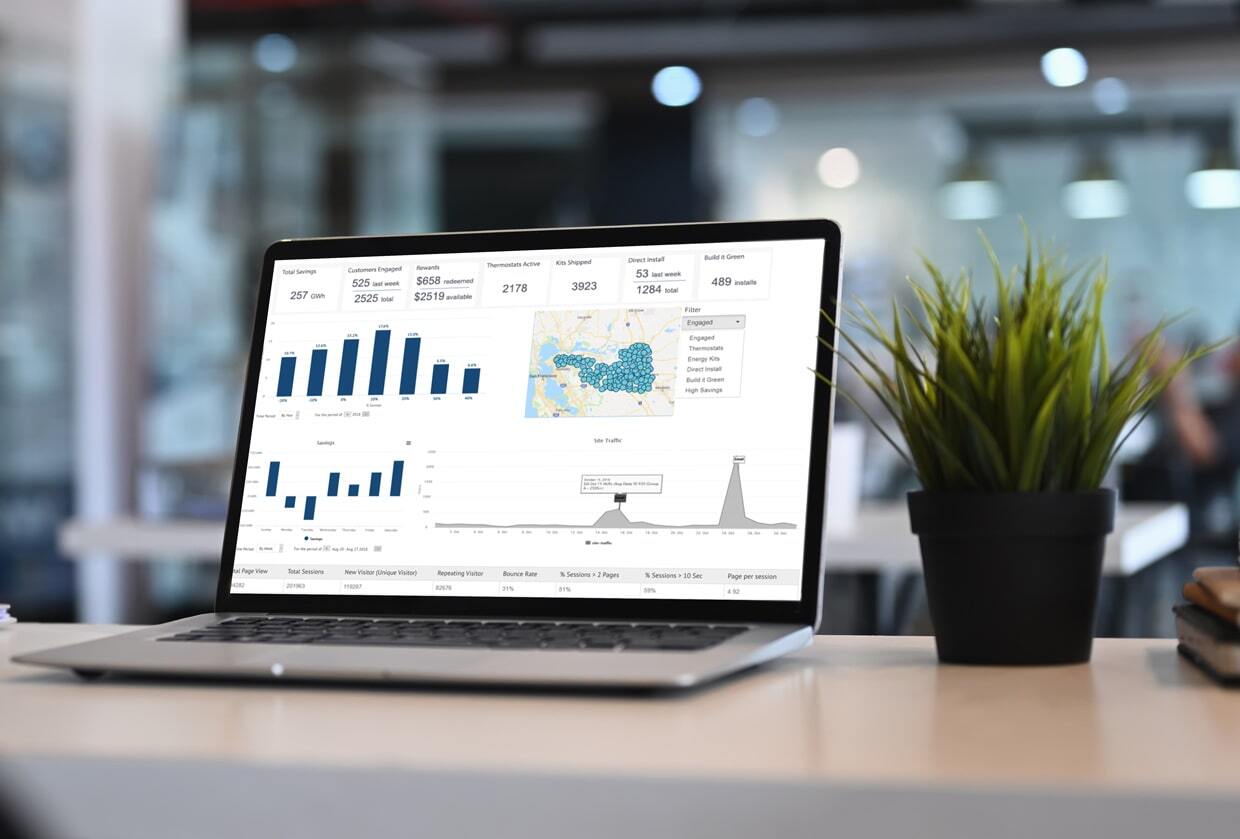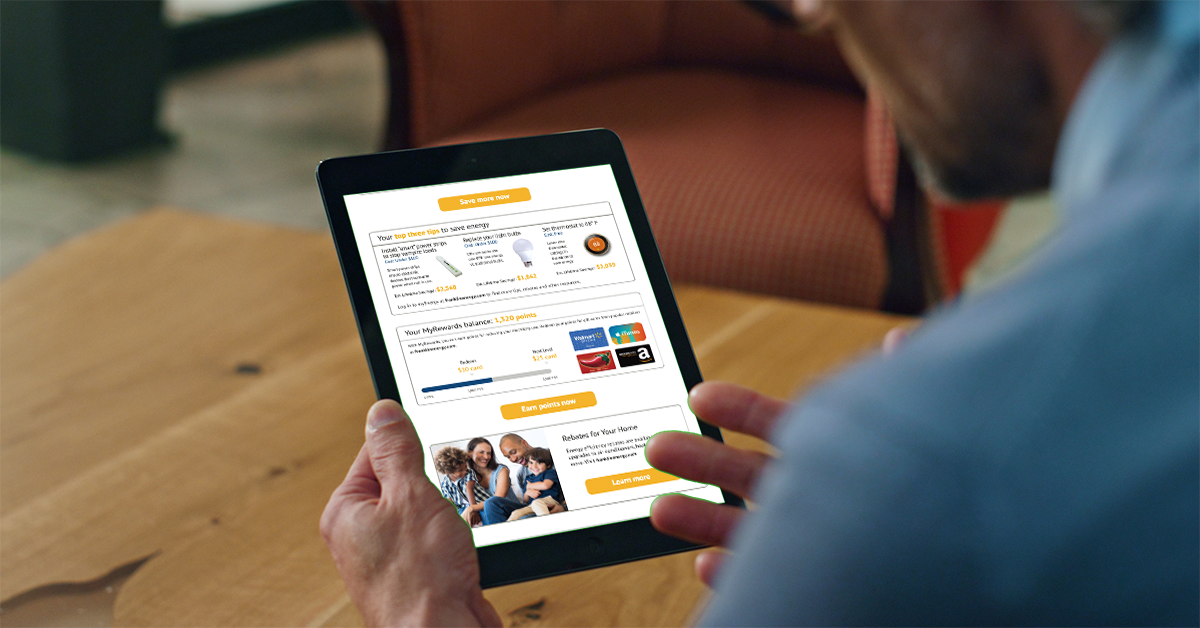
Good news for the nation’s path to electrification: in May, the U.S. EPA announced nearly $900 million in rebates for 3,400 clean school buses in 530 school districts across the country. Excitingly, a whopping 92% of these buses will be electric, which are better for the climate and kids’ health.
And this is just the latest round of funding that’s been made available to transform the country’s school bus fleet. To date, through a combination of grant and rebate funding, the EPA has awarded almost $3 billion to fund approximately 8,500 school bus replacements at over 1,000 schools.
The timing couldn’t be better. Not only are electric school buses more widely available than they’ve ever been, but as utilities encourage individuals to make the switch to electric vehicles, the opportunity to support their local school districts is a no-brainer.
Why School Buses?
Among all vehicle electrification use cases, school buses are the very definition of a winning scenario, which is why they’re gaining so much attention. Let’s count the reasons:
- Health Benefits. Most school buses on the road today are fueled by diesel, and diesel exhaust is harmful to children’s respiratory health and asthma rates. By contrast, with zero tailpipe emissions, electric school buses cut local air pollution and provide a better, heathier future for our children.
- Climate Benefits. Electric school buses produce fewer greenhouse gas (GHG) emissions than diesel buses, no matter how the electricity used to charge them was generated. And over time, as the grid becomes cleaner, these school buses will gain even more GHG emissions advantages over diesel.
- Safety. Electric school buses are quieter, which enable drivers to stay better attuned to their surroundings—including everything that’s happening inside the bus. This keeps drivers happier and more satisfied in their jobs, and keeps students safer. Like all EVs, electric school buses produce synthetic sounds at low speeds, which helps keep cyclists and pedestrians safe as well.
- Cost Savings. While the upfront cost is higher (hence the importance of government support), once purchased, electric school buses are less costly for school districts to own and operate than their diesel counterparts, due to lower fueling and maintenance costs. If eligible to participate in a utility’s managed charging or vehicle-to-grid (V2G) program, school districts also potentially stand to be compensated for bringing value to the grid.
- Equity. Electric school buses provide access to electric mobility to children from all income levels and walks of life, regardless of whether they have an EV at home or not.
The Utility Role 
Utilities have a big role to play in supporting their school district customers in the transition to electric, enabling them to bring valuable federal funding and investment back to the utility’s service area. Here are some ideas of what utilities can do:
- Reach out proactively to school districts to talk about electric school buses. In contrast to some fleet customers, school districts have a significant building footprint in utility service areas, so your key customer account managers should already have relationships in place.
- Offer fleet advisory services to help school districts plan their transition. Full-suite fleet advisory services should address the district’s total cost of ownership, a fleet electrification transition plan, and a charging infrastructure build-out plan. An advantage of offering these services is that the utility will learn early what the school district’s plans are, and can begin planning for any electric infrastructure upgrades required.
- Provide support to school districts with federal or state grant and rebate applications. School districts should never be in the position of landing an electric school bus grant and then coming to the utility to talk about charging infrastructure—instead, help them out by being there from the beginning.
- Offer EV charging infrastructure programs that support school districts and their bus charging needs. See our e-book for more details on best practice in commercial and fleet EV charging infrastructure programs.
- Offer managed charging programs or time-of-use rates to incentivize school districts to optimize their charging. This can also reduce the size of the grid upgrades that are needed, saving money and speeding the timeline of infrastructure installation.
- Consider school buses as you explore V2G pilots and demonstrations. The duty cycle of school buses lends itself to V2G, especially over the summer when school buses are more lightly used.
Next Steps
Luckily, electric school bus resources abound. Here’s a round-up of some top resources that we recommend:
- U.S. EPA’s Clean School Bus Program
- Joint Office of Energy and Transportation’s Clean School Bus Technical Assistance Webinar Series
- National Renewable Energy Lab’s Clean Bus Planning Awards (this is free technical assistance for bus electrification transition plans—not grants for buses or infrastructure)
- World Resources Institute’s Electric School Bus Initiative
- CALSTART’s white paper on the electric school bus transition
- State and local resources, such as NYSERDA’s Electric School Bus Guidebook
- The Center for Transportation and Environment’s upcoming Zero Emission Bus (ZEB) Conference
And of course, you can always contact us at Franklin Energy if you’re interested in hearing about the latest in electric school bus program planning!

.png)
.png)


.png)
